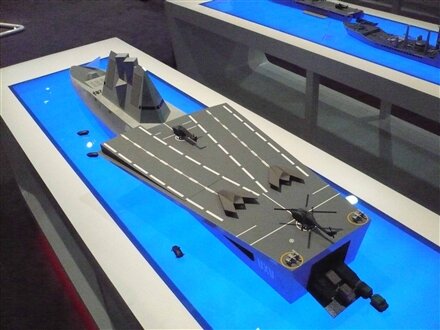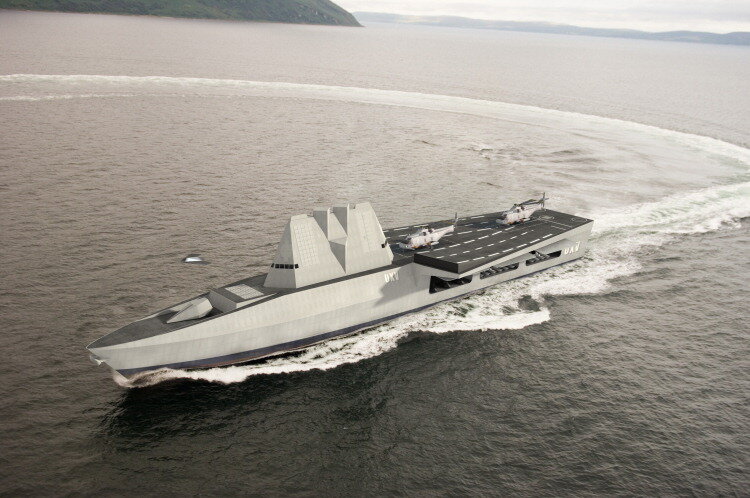Slightly left field, but saves having to start a new thread.
We don't know what the requirements for the Type 4X/83 are yet, but it's likely to take over the 45's air defence role.
Now this popped up:
By 2030 the Royal Navy plan to have moved carrier based 'Airborne Early Warning' capability from Merlin helicopters to 'Vixen' fixed wing drones.

ukdefencejournal.org.uk
Since I have a very pressing deadline for an assignment that is completely unrelated to this, suddenly it became very interesting to me and provoked some speculation.
Now, 'Vixen' UAV mentioned as a replacement for Crowsnest-equipped Merlins would suggest that the carriers keep the AEW role. However, catapults are mentioned as a probably requirement. Now the Queen Elizabeth class were designed 'for not with' catapults, but modification would mean significant time and money spend on modifications and it may be considered cheaper to instead make it a feature of a new class already on the way, such as the 83.
There's also often floated (sorry about the pun) the need for a dedicated littoral strike vessel, a hospital ship etc etc. I'm not saying that all are going to become actually programmes, but it does indicate that needs are still in flux and there will be competing pressures on the basic concept of the Type 83 that will ensure that it is not simply a linear follow-on to the Type 45.
One possibility is that the Type 83 functions in concert deploying small and medium-sized UAVs with the carriers, which have exclusively manned aircraft or larger UAVs. Its job expands from air defence to AEW and wide situational awareness and control. With a Vixen on patrol, there's less need for that high mast on the current 45s (which has worried some who doubted that the Type 26 hull could provide a stable base for it, as that was mooted for the 4X).
So, a versatile UAV-equiped destroyer-sized vessel, likely made by BAE... perhaps they'll dust of the files for this and use it as a starting point?

en.wikipedia.org
That was aimed at littoral warfare, but what it can do depends on what drones it has and only two would need to be carrier escorts, so it might come in land and air focussed versions. The UXV Combatant seems designed to do
everything (HMS Galactica?), so these in fact would be simpler.







